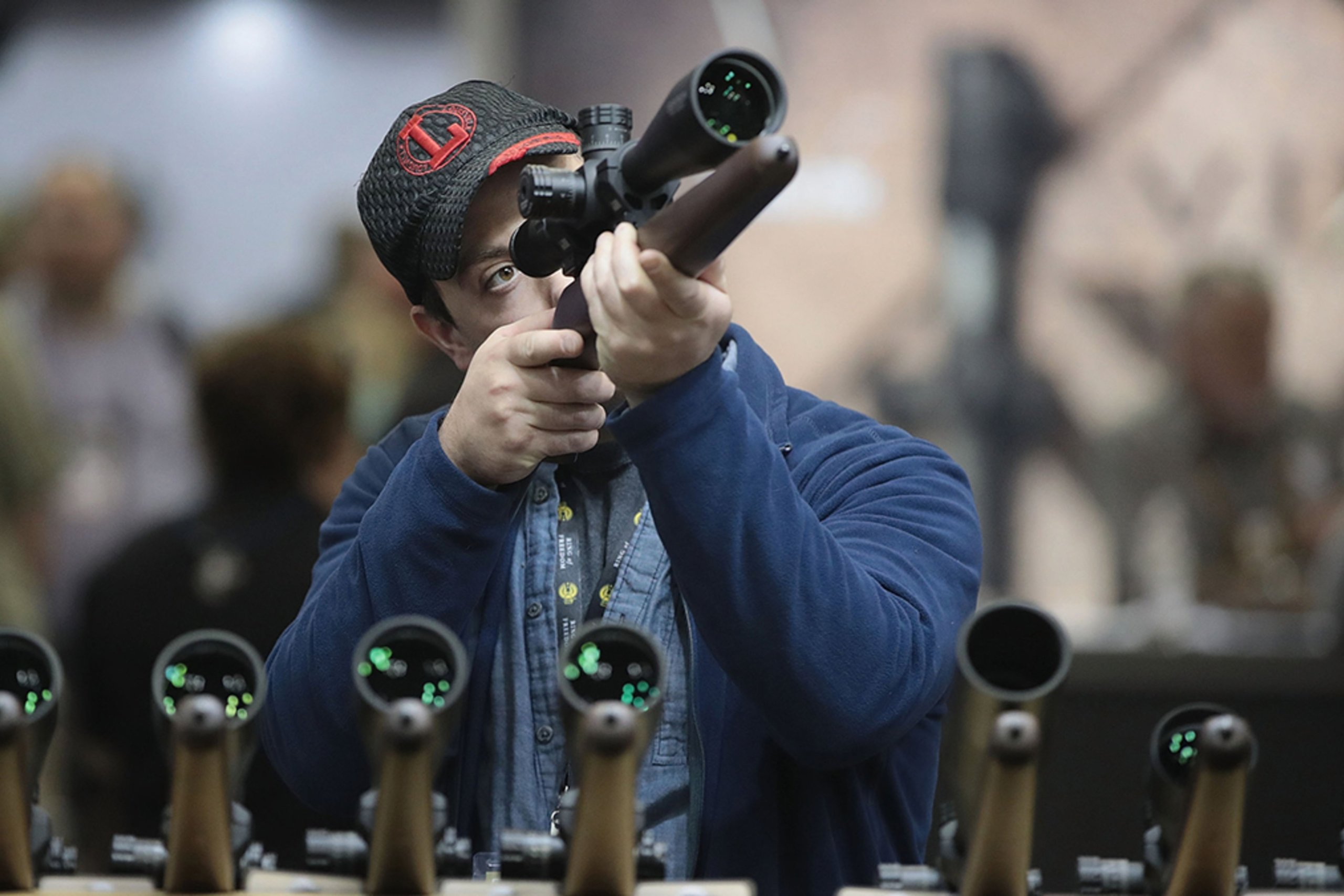Vidya Sethuraman
India Post News Service
Gun violence exacts an enormous toll on American society claiming tens of thousands of lives each year. The US accounts for just 4% of the world’s population but 35% of global firearm suicides. Americans are 25 times more likely to be killed in a gun homicide than people in other high-income countries. Gun homicide has a disproportionate impact on underserved communities of color in American cities. Gun sales and domestic violence both increased by more than 20 percent during the Covid pandemic, according to Brady: United to End Gun Violence. Speakers at the EMS briefing on Sep 17 discussed the rising prevalence of guns in domestic disputes; whether there are adequate law enforcement resources available to women facing gun violence, why federal gun control measures have largely failed to date, state measures to restrict access to guns, and what may be in the Congressional pipeline.
Pauletta Perez, Board Member, Voices Against Violence herself was a victim of domestic violence, in January 2010 she was shot 4 times by her husband, she told her heartbreaking story. Recalling the horrible events, Pauletta cannot name what exactly triggered the shooting. She learned that her husband had a weapon when the police stopped the car, searched and found the weapon, which was confiscated. She believes that having a gun at home may be a threat to all family members, including children. Pauletta husband committed suicide before the legal proceedings could begin. She recovered after a series of surgeries and took over 6 years to heal. Now, due to bullet wounds, she cannot hear in her right ear. Some fragments of bullets are still in her head. Every 3-6 months Pauletta undergoes an examination to make sure that the fragments have not moved and are not life threatening.
Laura Cutilletta, Managing Director, Giffords Law Center said data shows that in family disputes, most women are victims. According to the Gun Violence Archive, more than 2,000 people were gunshot wounds due to domestic violence in 2020, a 4% increase from 2019. California’s current gun management laws are the most stringent in the United States, and its gun killing rate ranks 44th in the United States. Texas’s gun management legislation is only ranked 33rd in strictness, and its gun killing rate ranks 27th in the United States. She urges gun control legislation should be rigorous. Tiffany Garner, Community Violence Initiatives State Manager, Giffords Law Center said that anyone can be a victim of domestic violence, regardless of race, education and financial levels. She noted that today, there are more than a million women who have been shot by their intimate partner. And another alarming statistic is that 4.5 million women report that their partner has threatened them with a weapon.
Shikha Hamilton, National Director of Advocacy and Mobilization at Brady, United to End Gun Violence pointed out that in the process of family disputes, if there is a gun in the home, the chance of murder is 500% higher than if there is no gun in the home; 54% of the large-scale shooting incidents are all related to domestic disputes and violence. She also said that 4.6 million children now live under the eaves of guns at home, and some school shootings are also related to children’s easy access to guns at home. She added that the state govt can control this and cited California as a great example, where it is now the state with the most stringent gun control, and the number of gun killings has also decreased significantly.
Following numerous mass shootings across the country, it is crucial that bipartisan support meets gun control legislation. Gun-safety-law advocates, however, have been in touch with the White House and advocate the use of certain executive actions they say would make communities safer from gun violence.







